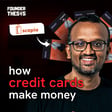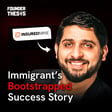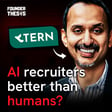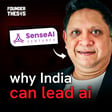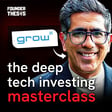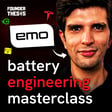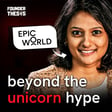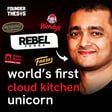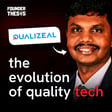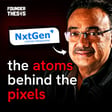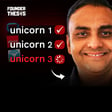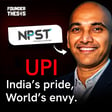
Heralding The Evolution Of Banking-Tech | Mandar Agashe @ Sarvatra Technologies
Unified Payments Interface or UPI enables instant and hassle-free fund transfer between accounts and has been one of the biggest disruptors of the Indian FinTech industry.
In this edition of Founder Thesis, Akshay Datt speaks with Mandar Agashe, Founder and Vice-chairman, Sarvatra Technologies, a Pune-based company, which through its platform, has become the true enabler of India’s digital payments.
Mandar started Sarvatra back in 2000 to bring the best banking services to the underbanked people in semi-urban and rural cities by providing tech support to the cooperative banks. And thanks to the digital boom and quick smartphone adoption, Sarvatra launched ‘Sarvatra EFT Switch’, a PaaS (platform-as-a-service) solution which enables banks to allow UPI and IMPS transactions.
Tune in to this episode to hear Mandar speak about how Sarvatra is promoting financial inclusion for the country’s underbanked population through its unique solutions.
What you must not miss!
- The concept of PaaS (platform-as-a-service)
- The challenges in setting up tech support for coop banks.
- The impact of demonetization of the business
